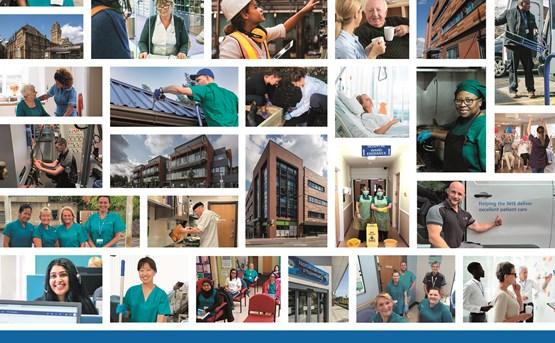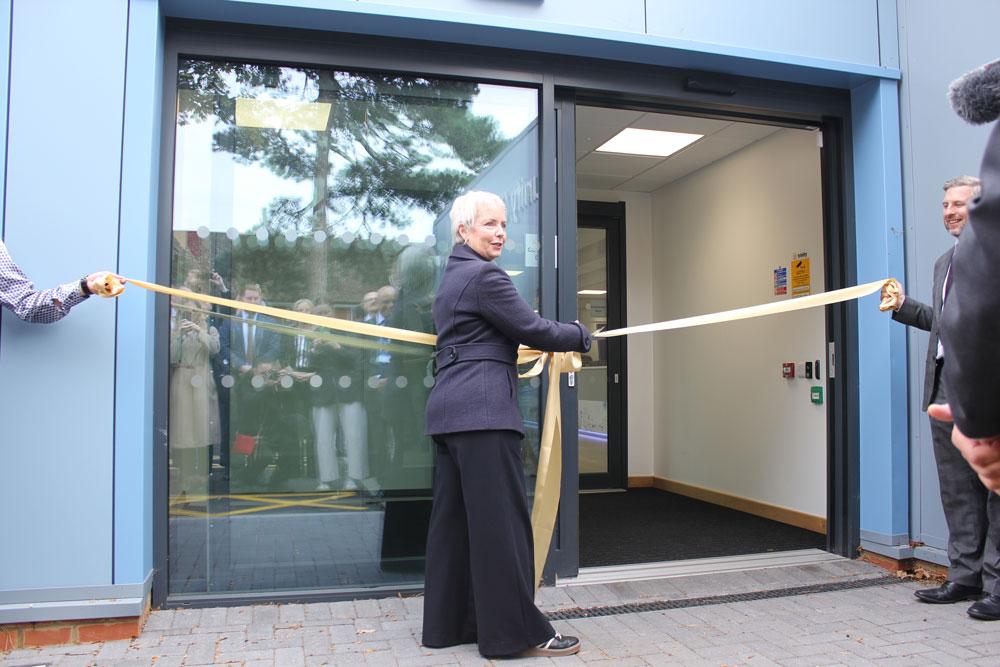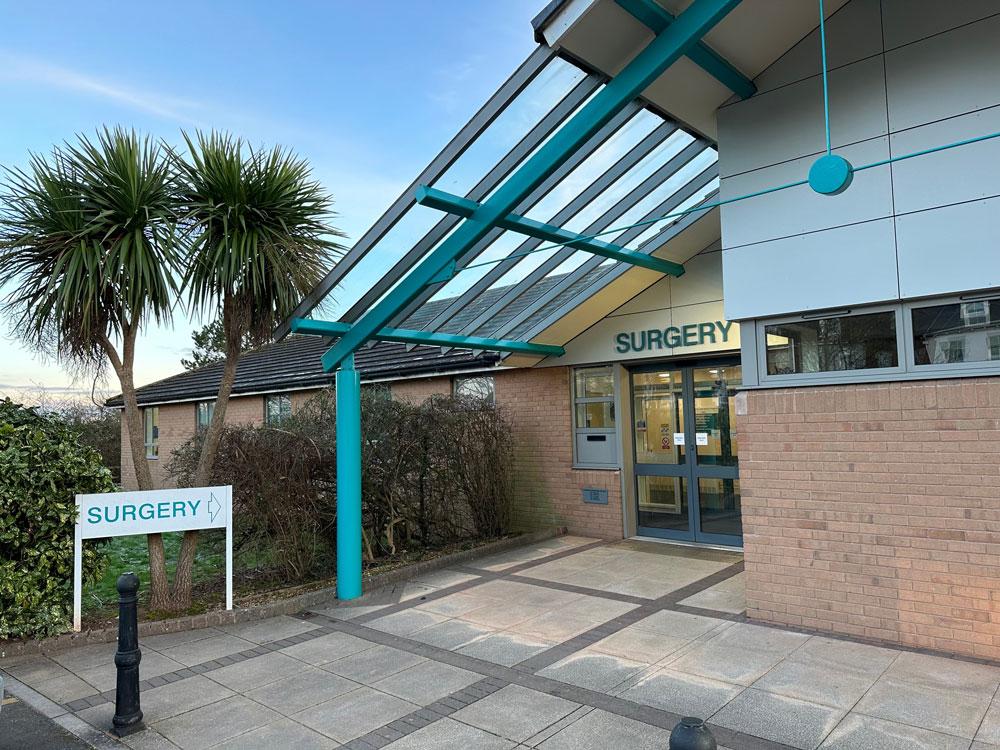Mark Smith, Chief Finance Officer (CFO) at NHS Property Services speaks about his time in NHSPS and the changes that have helped to save the NHS £48 million this year
I began my journey with NHS Property Services (NHSPS) in May 2019 by setting out an ambitious roadmap in the hope of delivering significant improvements across the business. It has been challenging, and we are not yet at the finish line, but we are travelling in the right direction.
NHSPS owns 10 per cent of the NHS estate, managing, maintaining, and improving properties and facilities across England. We work in partnership with NHS England, CCGs and others, to create safe, efficient, sustainable and modern healthcare environments, all with the goal of enabling excellent patient care.
This fiscal year has been one of continued progression for NHSPS. We are incredibly proud of the savings we’ve been able to obtain for the NHS through our cost transformation programmes this year, at a time when arguably, it needs it more than ever. We have also got back to the basics to ensure we are working as efficiently as possible at every stage of the financial process.
We are a patient and customer-led organisation, so we’ve worked hard to listen to our customers to ensure any changes we make provide a real benefit to them. We’ve done this through the launch of initiatives like our Annual Charging Schedules check-in and improving the end-to-end billing process. These have the aim of providing our customers with more accurate, easily digestible information in a timely manner.
However, as I know has been the case throughout the industry, this year has not been without its challenges. There are a number of learnings we can take from the past 18 months which are already helping us continue to drive improvements forward into 2021 for our customers and patients.
The importance of delivering cost transformation
Ensuring we deliver value and efficiency across the NHS estate has been a key focus of our strategy. However, we could never have guessed what this year would entail. The pandemic has shone a light on the important work that our NHS staff do daily across the nation, and this has put even more emphasis on ensuring money is reinvested back into the NHS to support the delivery of excellent patient care at this time.
This year, we delivered savings of £48 million as part of our cost transformation programme. With over 300 initiatives across the business, we have been able to surpass our target by £5 million. Through these projects we have also been able to invest £90 million back into the healthcare estate to help ensure it is fit for purpose and meets the needs of local populations.
As an example, one of the cost transformation projects we have focused on this year is around the disposal of surplus property. This means reducing the number of properties that we have sitting empty, such as office space that is no longer used. This resulted in £4.7million of savings from the disposal of 34 freehold properties and exit of 44 leasehold properties.
One such property was our site at Slyne Road, which had long standing issues that made it no longer fit for purpose to accommodate the NHS University Hospitals of Morecambe Bay Foundation Trust (UHMB) offices. We prepared a financial viability study for the proposal to help Morecambe Bay Clinical Commissioning Group (CCG) make an informed decision and worked with the CCG and UHMB to come to an agreement on a subsidy to enable this move.
The move from UHMB into its new facility in Moor Lane Mills has allowed for better use of NHS space and budget, as well as generating additional revenue for reinvestment. It will enable a saving of £45,000 in running costs per annum on Slyne Road, negate the need to spend upwards of £1 million on backlog maintenance, and – once Slyne Road is sold – will generate much needed funds to reinvest in the NHS. Ensuring that Moor Lane Mills is fully occupied will also remove the vacant space issue, which had a liability of £159,000 per annum.
This project highlights just how important the life cycle of our cost savings is to the nation’s health service. This project, and many like it, allow our profits to be reinvested into the NHS estate. This in turn enables the development of new healthcare facilities, health centre refurbishments and reconfiguring space to improve the experience of patients and healthcare colleagues that work there. Going forward, we will look to these projects as a benchmark for the future, so that we may continue to meet and exceed targets set for the organisation as it faces continued pressures from the ongoing pandemic.
Improving our financial governance and control
Financial governance is important for any business and is an area I was particularly keen to progress as I entered this role. Strong governance and control allow us to identify risks faster, manage cash more effectively and deliver more successfully. This covers all aspects of our financial information, from how we track transactions, to how we manage performance and control data. We should never underestimate the importance of good control: it’s an essential backbone needed to ensure we deliver excellent patient care.
We have reshaped our processes in several areas to improve the value and effectiveness of these controls. One area of notable change is our supplier reconciliation and duplicate payment assurance. We have completely changed how we control these areas using technology, tools and process to forensically understand supplier spend and payments. The result is an improved cashflow position and very high confidence that we are only paying for services that have been delivered.
We have also reviewed policies in some areas including our ‘No PO No Pay’ Policy which was introduced in September 2018, under which invoices are not paid unless it is accompanied by a valid, authorised purchase order. This has resulted in greater visibility of supplier spend which means we can make better informed business decisions and also see a significant reduction in days taken to pay suppliers, which is key to ensure our suppliers continue to deliver the great services essential to effectively supporting the NHS.
Improving our billing processes
Going into this year, billing was one of the biggest areas we wanted to improve for our customers. To do this, we took time to listen to them, take on board their feedback and worked hard to improve our processes to help them with their planning and budgeting from start to finish in a timely manner. Resetting the billing cycle was critical in helping us to issue billing documents with three key improvements: timeliness, transparency, and accuracy.
A key area where customers wanted to see changes was in the Annual Charging Schedule (ACS), a budget document that sets out the estimated costs of occupation for our customers, such as expected cost of services. Following conversations with our customers, we knew they wanted their ACS earlier to budget more effectively, so we changed our process to issue ACSs in advance of the beginning of the financial year to better support customers’ budgeting and planning. In 2019/20, we provided 92% of the 2020/2021 ACSs ahead of the beginning of the financial year and hope to continue these improvements.
We also launched the ACS check-in initiative, where NHSPS colleagues contact customers to discuss their ACSs with them. This provides an opportunity for customers to ask questions and raise any changes that they think need to be made to their ACS, ensuring full transparency. This initiative has enabled us to better engage with our customers, as well as helping us to provide more accurate ACSs and bills to our customers and building stronger relationships with them.
In addition, we reviewed our approach to true-up – the end of year evaluation final costs – to understand how we could better align with industry standards. Our customers had also told us they wanted clearer statements to better understand the cost differences. In line with this, we amended the true-up statement to show the estimated costs from the ACS against the actual costs in the true-up to make it clear for customers where any differences lie in the two totals, helping to ensure greater transparency in our billing process.
It has been a challenging 18 months, but I am pleased with the progress that has been made. While this could not have been done without the hard work of everyone within our finance team, these savings and improvements would not be possible without the additional support from our colleagues in the wider business and of course, our customers.
We are on this journey together, and we are determined to continue working in close collaboration with our customers, listening to them, building their trust and maintaining the improvements to our billing services. It is only with continued collaboration, every step of the way, that we will be able to provide the best care for patients, in buildings that are fit for purpose.






